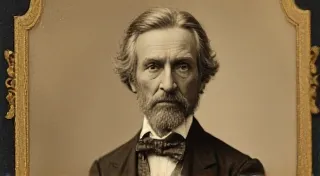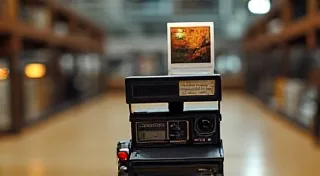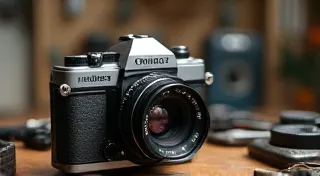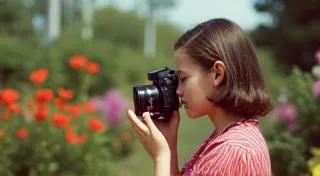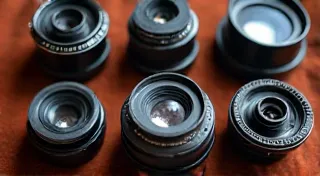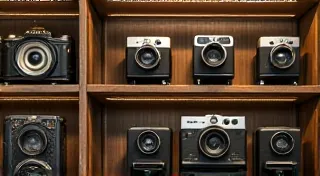Rangefinder Cameras: Precision Focusing in a Compact Form
Rangefinder cameras hold a unique place in the history of photography. While SLRs and later autofocus systems revolutionized focusing speed and accuracy, rangefinders offer a distinctive user experience and a quiet elegance. This article explores the evolution and charm of rangefinder cameras, particularly focusing on iconic brands like Leica.
The Genesis of Rangefinder Technology
The concept of rangefinders dates back to the early days of photography. Initially used as separate devices to measure distances before exposure, the rangefinder mechanism was eventually integrated into cameras. Early examples, often found on folding cameras, utilized a simple system of mirrors to compare two images of the subject, allowing the photographer to judge distance. The rise of portable, convenient photography often involved folding cameras, and the integration of rangefinders was a natural progression towards more sophisticated and user-friendly imaging systems.
The real breakthrough came in the 1920s. While many manufacturers experimented, Ernst Leitz (later Leica) perfected the system, incorporating it into their compact and groundbreaking Leica I in 1925. This marked the beginning of the modern rangefinder camera era.
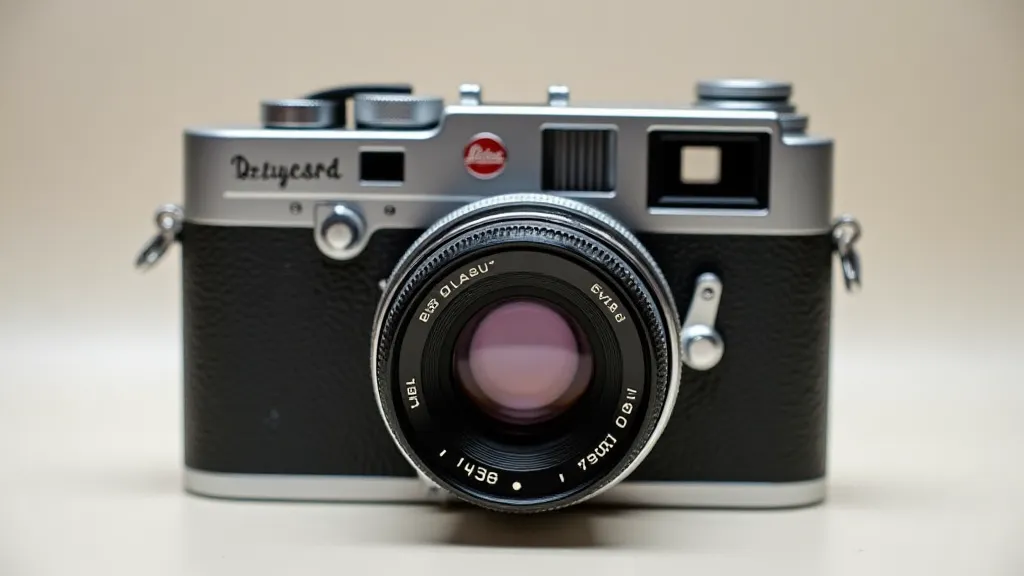
How Rangefinders Focus
Unlike SLRs, rangefinder cameras don’t use a mirror to show you what the lens sees. Instead, they use a system of split mirrors and a focusing patch in the viewfinder. The viewfinder shows a split image of the subject. As you turn the focusing ring, the two halves of the image move closer together until they merge into one. This indicates the subject is in focus.
This method demands more skill from the photographer compared to autofocus systems. It requires careful observation and a feel for the camera, but it fosters a deeper connection with the process and the subject. The learning curve can be steep, and some photographers might prefer the simplicity of other photographic technologies, like those popularized by companies such as Kodak – systems that truly brought photography to the masses. Many appreciate the tactile nature of vintage cameras, and the hunt for a well-preserved model can be rewarding; a quest that can sometimes lead down unexpected paths in the world of photography's historical landscape. The ingenuity required to develop these early systems is a testament to the inventive spirit of the era, a drive that extended to other photographic tools, such as the fascinating Graflex camera, renowned for its unique wartime functionality and innovative design.
The Leica Legacy
Leica remains the most synonymous name with rangefinder cameras. Their early models like the I, II, III, and IV were revolutionary for their time, offering exceptional image quality in a surprisingly small package. The M series, introduced in the 1950s, further refined the rangefinder experience, establishing a standard for quality and design. Collecting these models can be a deeply rewarding, though sometimes challenging, hobby. Many enthusiasts are drawn to not just the cameras themselves, but the stories and history intertwined with their existence – the very ghosts in the shutter that make these relics so captivating.
Leica cameras became the choice of photojournalists, street photographers, and discerning amateurs who prized their reliability, image quality, and discreet operation. Their association with iconic photographers like Henri Cartier-Bresson solidified their place in photographic history. The demand for portable and reliable photographic equipment during wartime undoubtedly fueled some of Leica's innovations, impacting camera design and engineering across the industry.
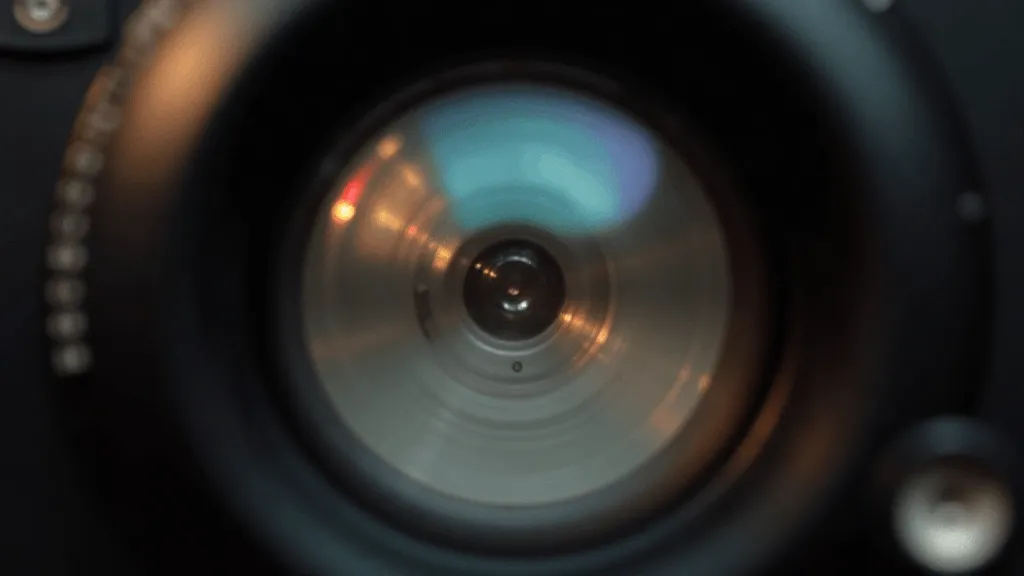
Beyond Leica: Other Notable Rangefinder Brands
While Leica dominates the narrative, other manufacturers also produced excellent rangefinder cameras. Canon, with their Canon I and Canon J models, offered a more accessible entry point into rangefinder photography. Yashica's Electro 35, a popular choice for its electronic shutter and compact size, brought rangefinder photography to a wider audience. Nikon also dabbled in rangefinder cameras before focusing on SLRs. The appeal of vintage equipment extends beyond the well-known brands; many find joy in restoring and utilizing these older, less-celebrated cameras, often discovering hidden gems and unique characteristics.
Collecting Rangefinder Cameras Today
The appeal of rangefinder cameras hasn't diminished. They remain sought after by collectors and photographers who appreciate their unique character and challenge. Early Leica models, particularly those with historical significance, command high prices. Even later models from Canon, Yashica, and Nikon offer compelling options for camera enthusiasts. The value of these cameras isn't solely based on their rarity; it’s also tied to the craftsmanship and engineering that went into their construction, representing a bygone era of precision manufacturing. Considering the complexities involved in restoring these machines, understanding the historical context is paramount. For example, exploring the history of a different camera system, such as the Graflex camera and its role in wartime photography, offers valuable insight into the broader evolution of photographic technology.
Caring for a vintage rangefinder involves more than just basic cleaning. Light seals often need replacement, and shutter accuracy can drift over time. Finding qualified repair technicians who specialize in these cameras is key to preserving their functionality and value. The meticulousness required in restoration is a testament to the enduring quality of these machines and the dedication of those who maintain them. The skill and patience needed to maintain a collection of vintage cameras is often underestimated, requiring a deep understanding of mechanics and a respect for the history contained within each device.
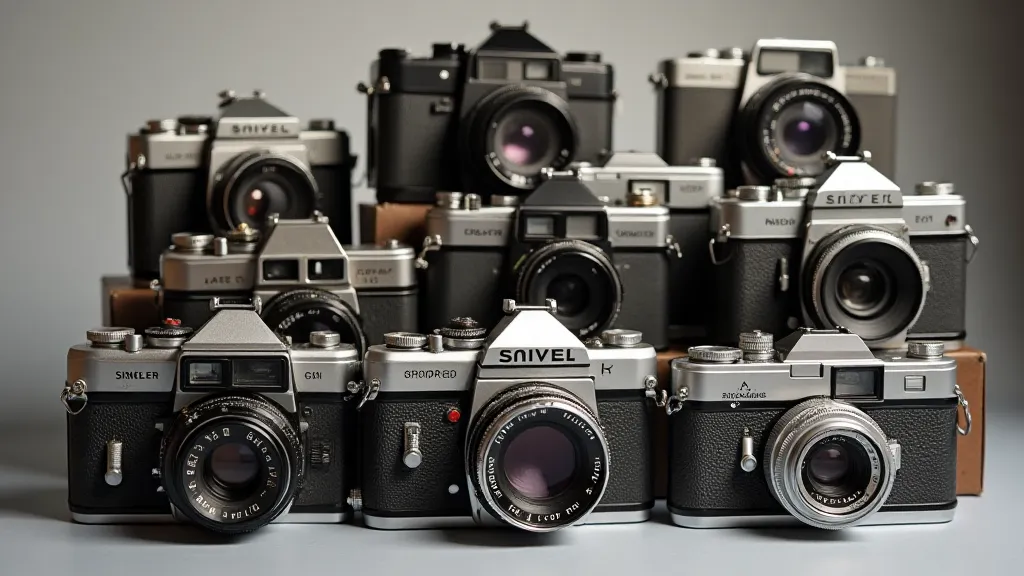
The Evolution of Focusing Technology & Related Photographic Systems
The development of the rangefinder system didn't exist in a vacuum. The pursuit of precision in photography continuously drove innovation across various technologies. Early attempts at accurate distance measurement, which would eventually inform the core functionality of rangefinders, laid the groundwork for the advancements we see today. These developments also coincided with the efforts to make photography accessible to a broader audience, moving beyond the realm of the wealthy and into the hands of everyday people. The challenges overcome in these early designs demonstrate the ingenuity of the inventors and engineers of the era.
The advent of autofocus systems, while ultimately supplanting manual rangefinders in mainstream use, owes a debt to the foundational work done by early rangefinder engineers. They relentlessly pursued methods to improve focusing accuracy and efficiency, creating a legacy that continues to influence photographic technology. While autofocus systems offer unparalleled speed and convenience, the tactile experience and deliberate nature of manual focusing with a rangefinder offer a unique connection between photographer and subject that is often lost in the pursuit of automation.
The Intersection of Photography and History
Rangefinder cameras, and photographic technology in general, are inextricably linked to historical events and social trends. The compact size and relative ease of use made them ideal for documenting everything from wartime conflicts to everyday life. The stories captured by these cameras offer a window into the past, providing invaluable insights into the lives and experiences of those who came before us. Preservation of this visual record is essential, not only for historical accuracy but also for inspiring future generations of photographers and storytellers.
Conclusion
Rangefinder cameras represent a fascinating chapter in the history of photography. Their blend of precision, compactness, and tactile experience offers a different approach to capturing images. While not as forgiving as modern autofocus systems, they reward the photographer with a deeper understanding of the craft and a tangible connection to the photographic process. The legacy of Leica and other pioneering brands continues to inspire photographers today. The allure of these machines isn't simply about capturing images; it's about engaging in a ritual, a connection to the past, and a deeper appreciation for the art of photography. The commitment to detail and craftsmanship evident in these vintage cameras serves as a powerful reminder of the enduring value of human ingenuity and the timeless appeal of a well-made object.
